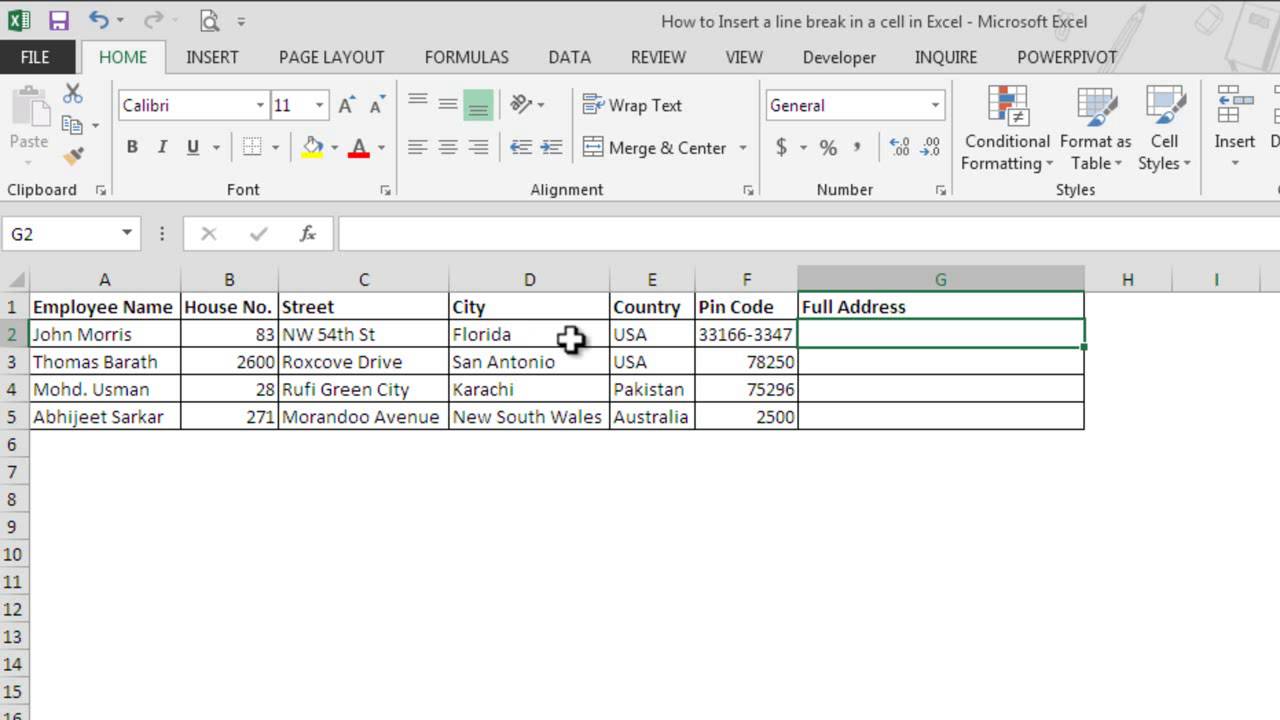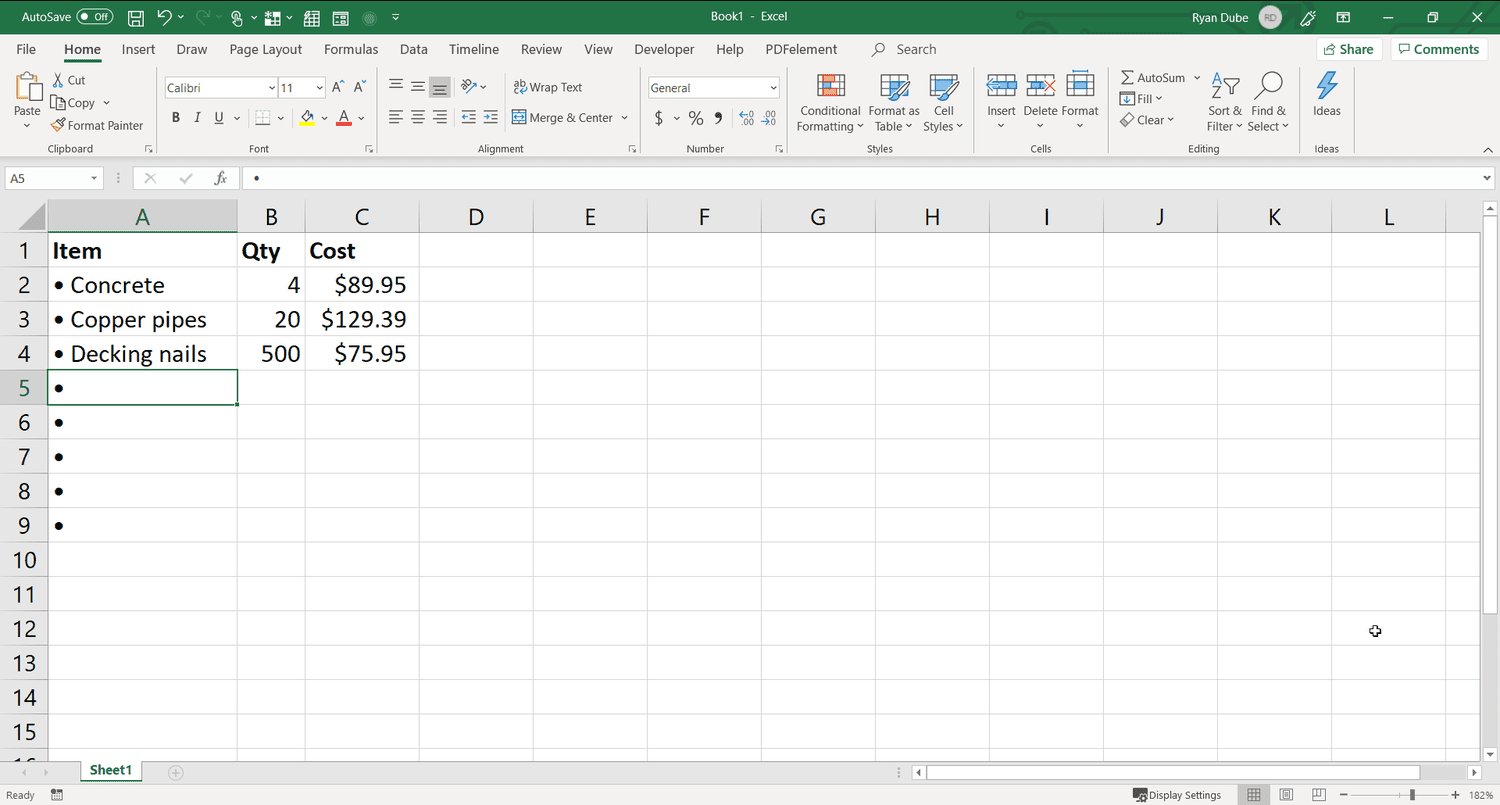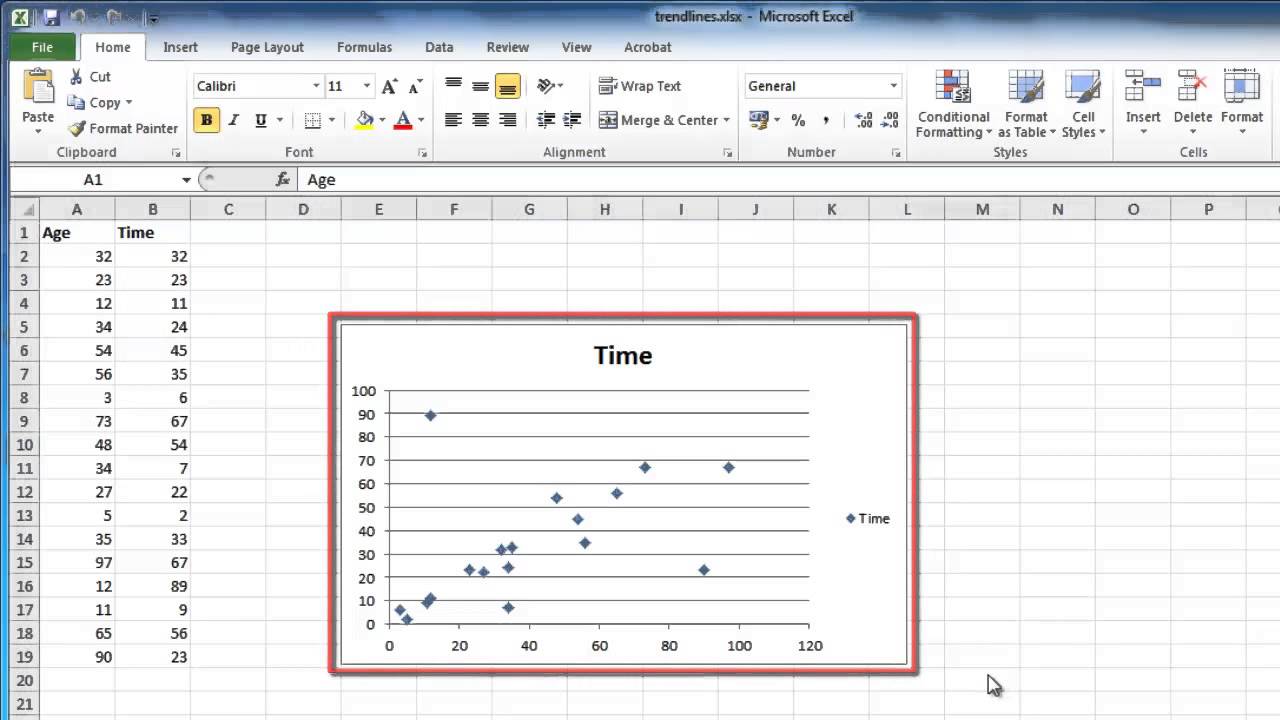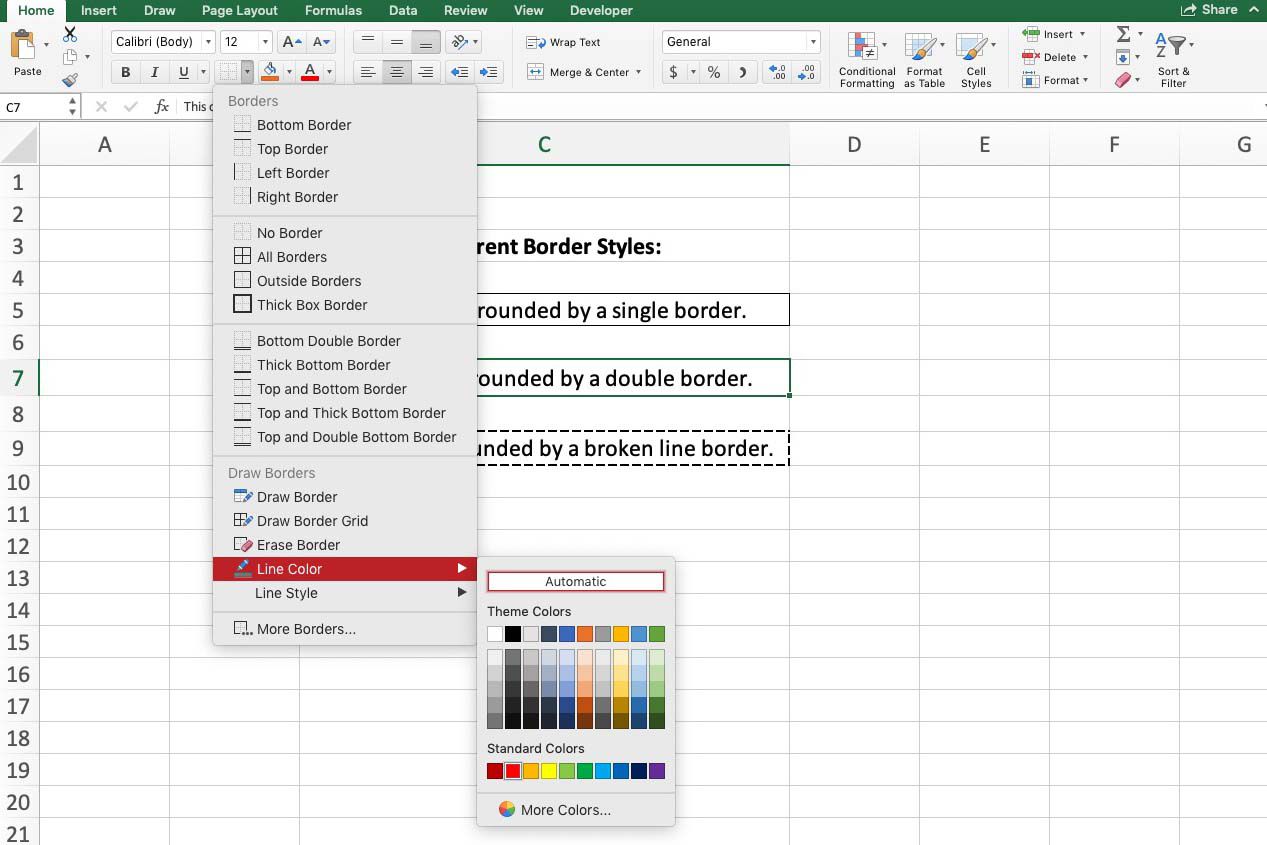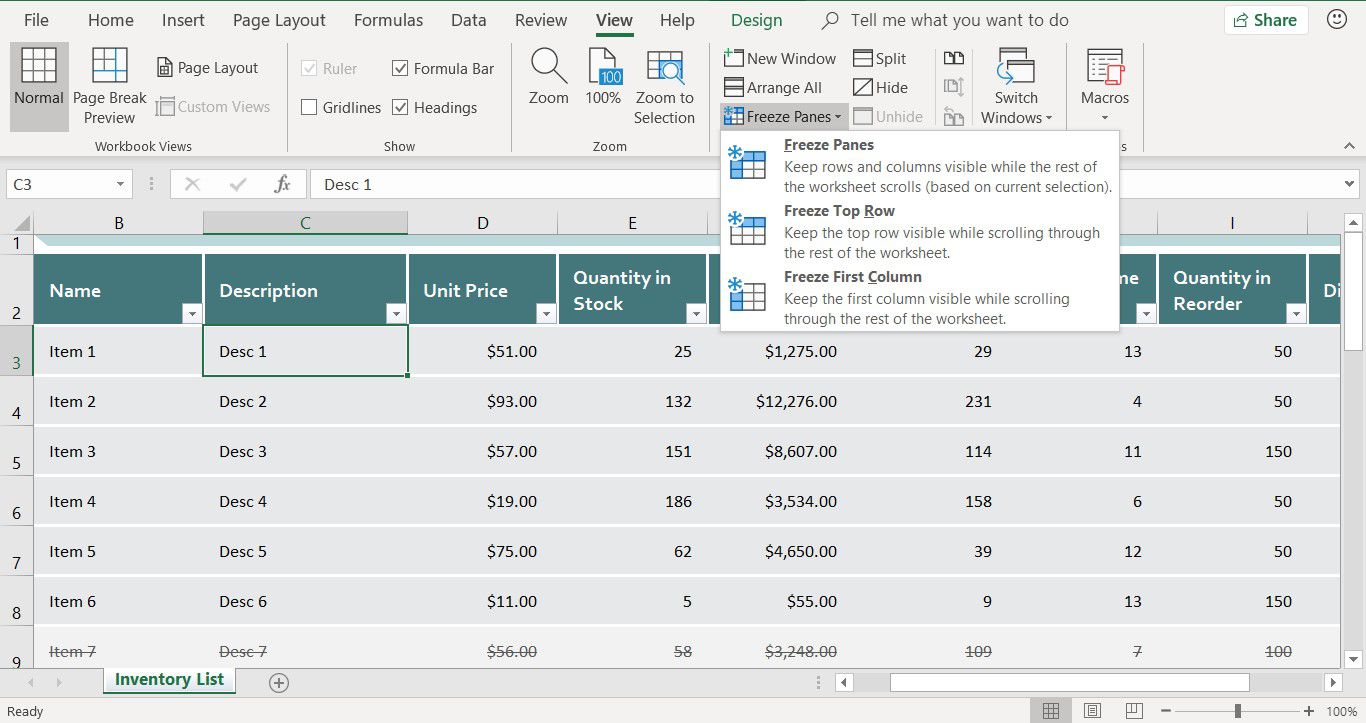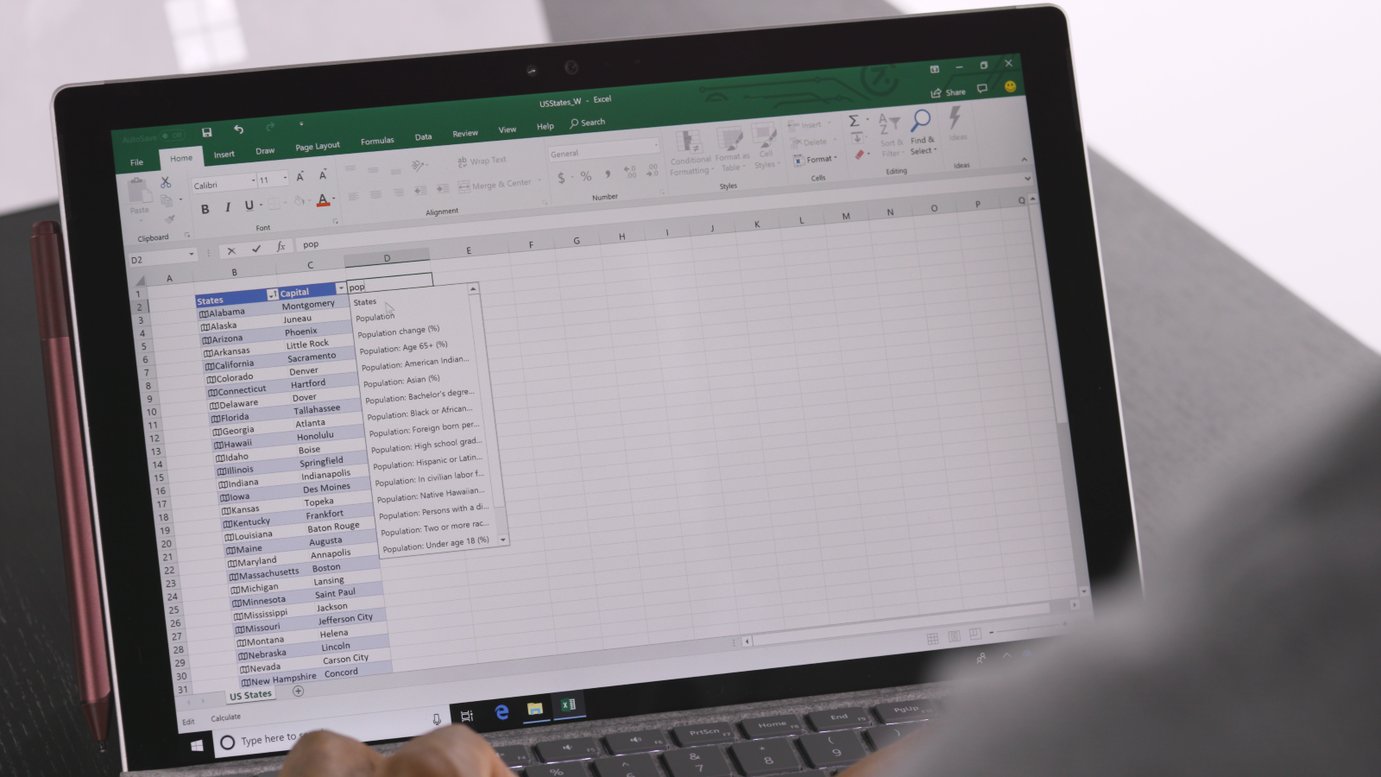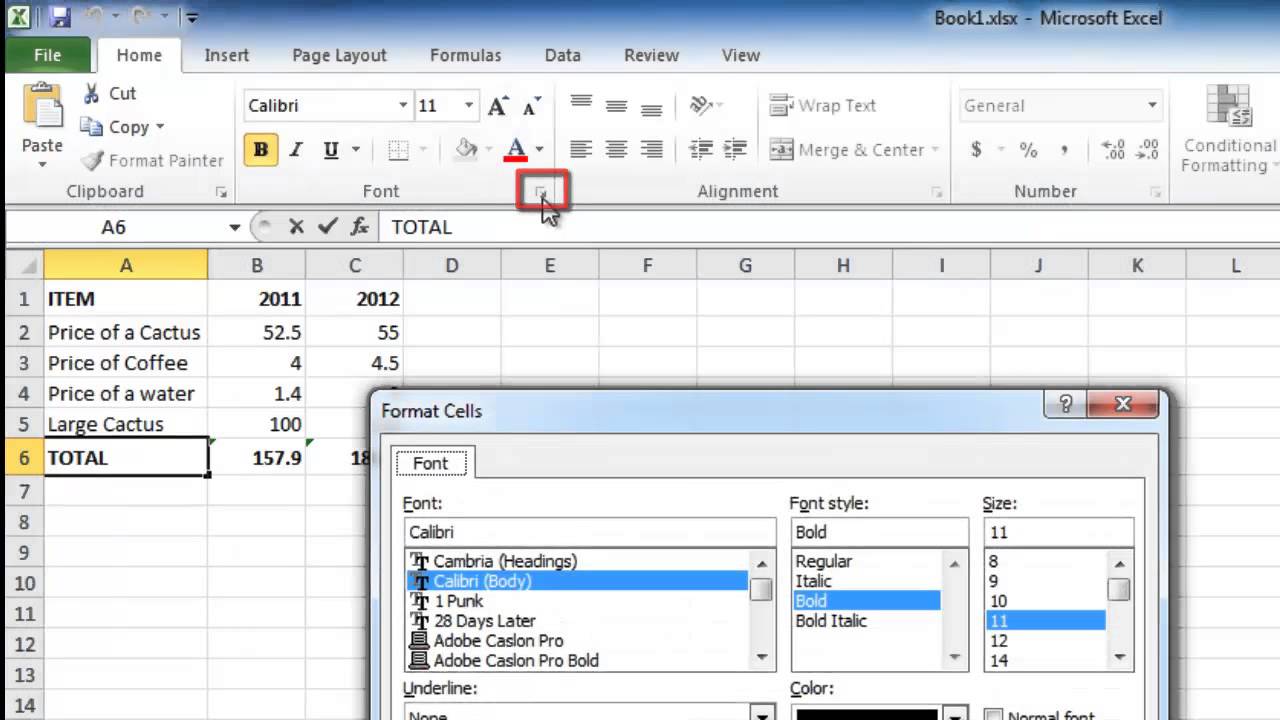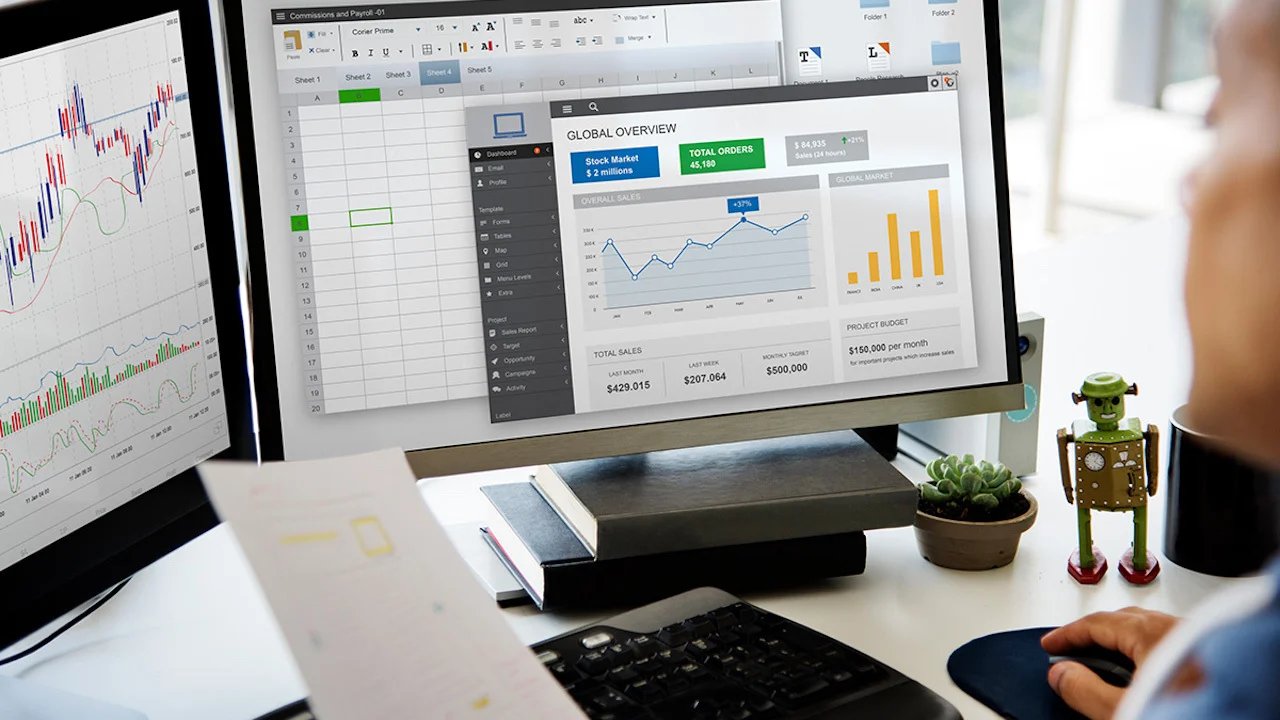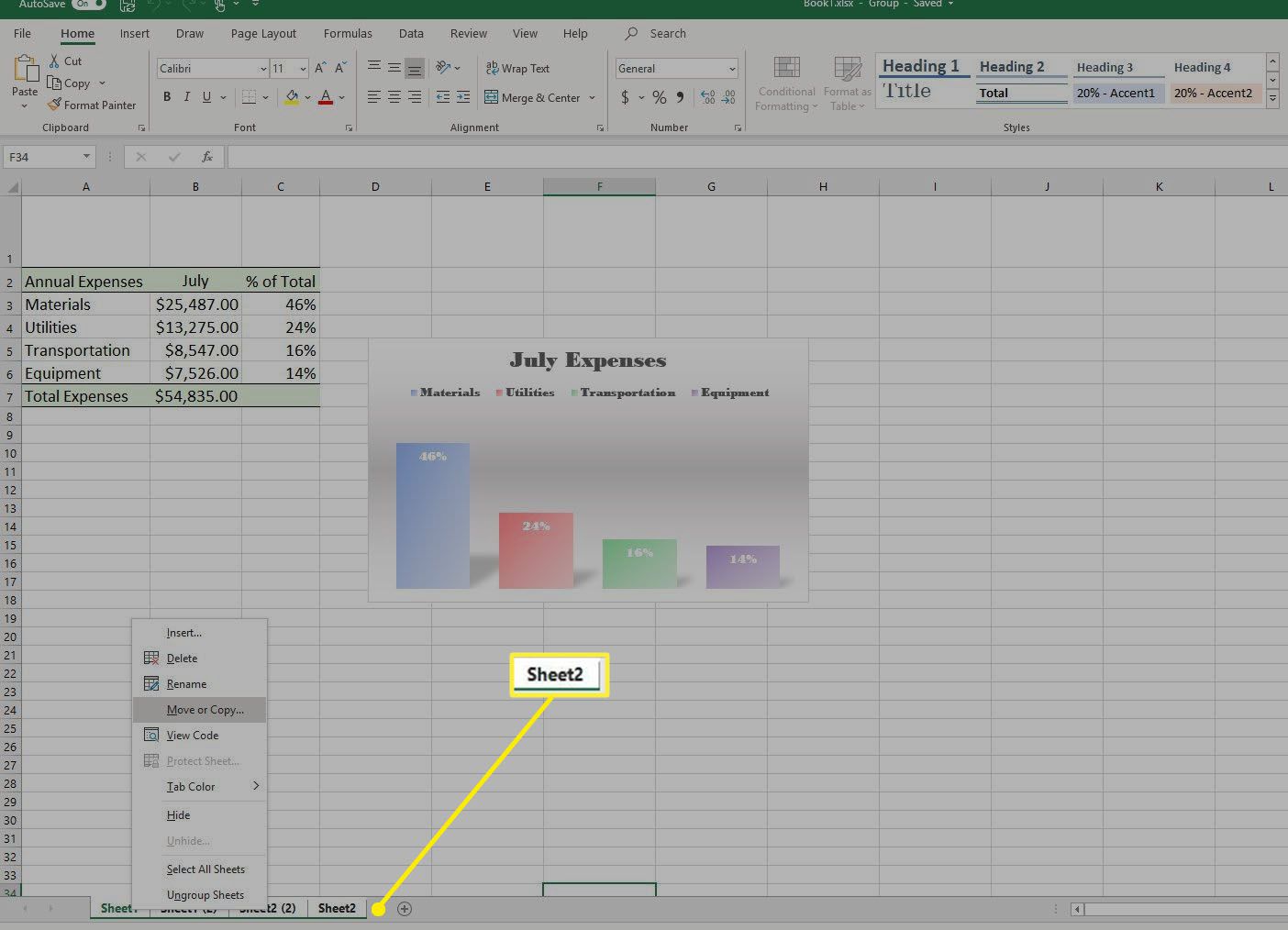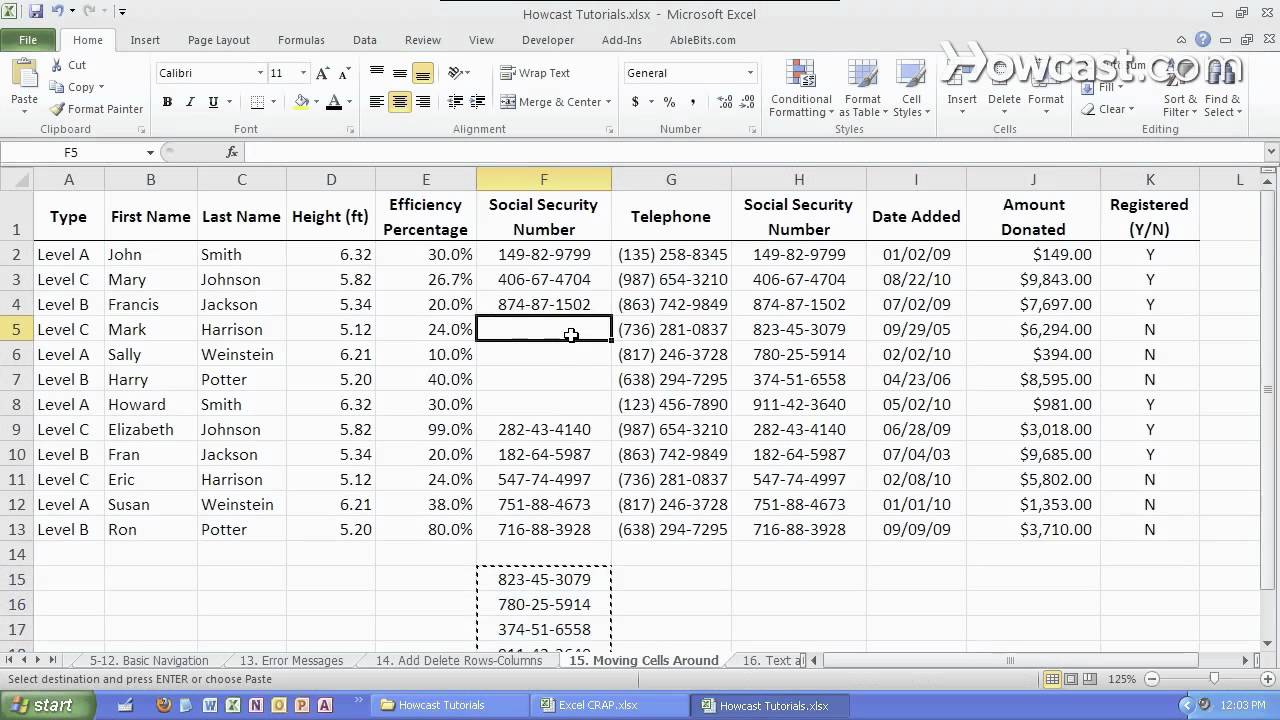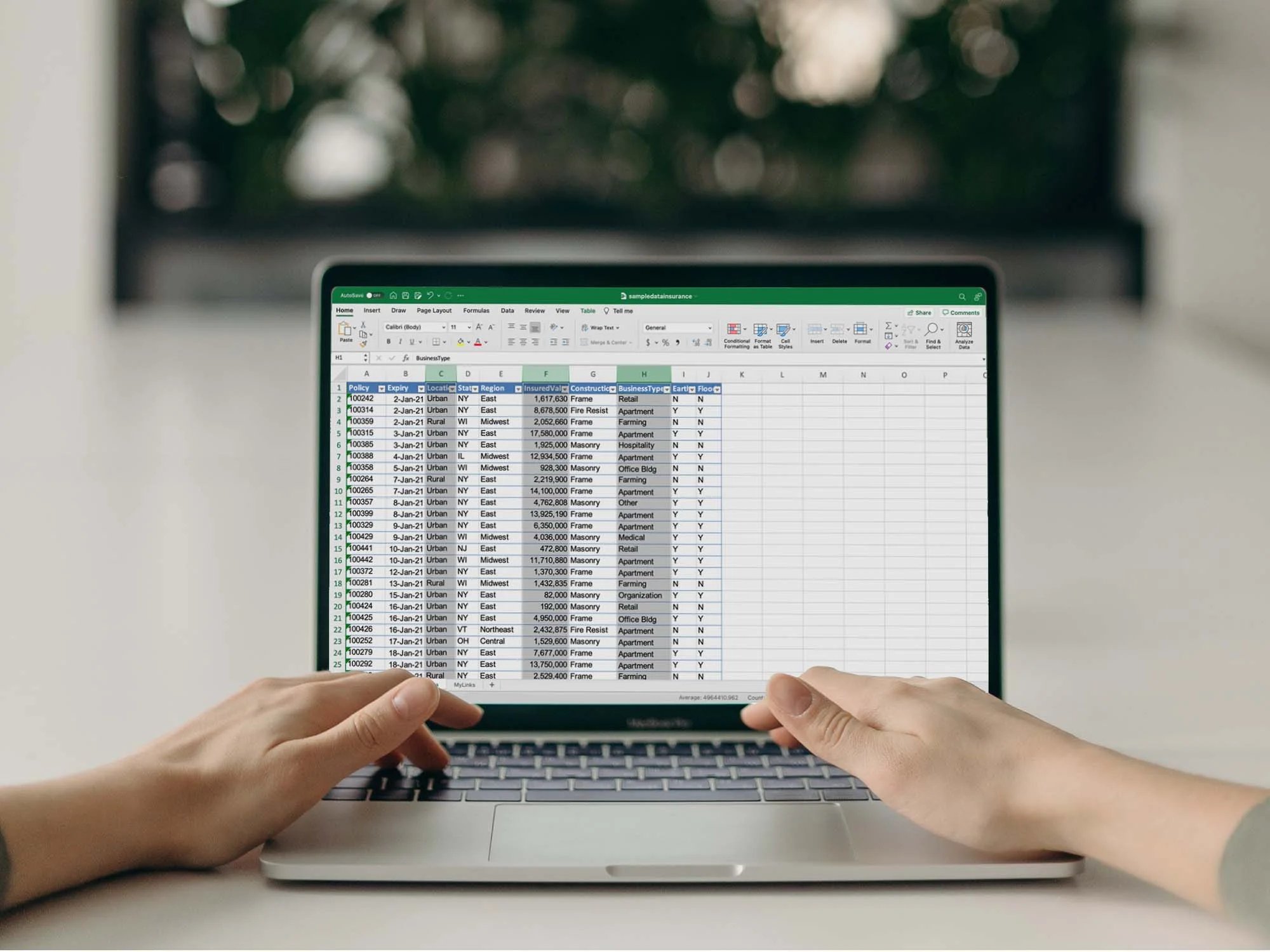Home>Technology and Computers>How To Add Secondary Axis In Excel


Technology and Computers
How To Add Secondary Axis In Excel
Published: February 24, 2024
Learn how to add a secondary axis in Excel to effectively display data in your technology and computer-related charts. Master the process with our step-by-step guide.
(Many of the links in this article redirect to a specific reviewed product. Your purchase of these products through affiliate links helps to generate commission for Noodls.com, at no extra cost. Learn more)
Table of Contents
Introduction
Adding a secondary axis in Excel can significantly enhance the visual representation of data in a chart. This feature allows users to plot two different data sets with distinct scales on the same chart, enabling a more comprehensive analysis of the relationships between the variables. Whether you are comparing sales figures and profit margins, temperature and humidity levels, or any other related data points, the secondary axis provides a powerful tool for conveying complex information in a clear and concise manner.
By incorporating a secondary axis, you can effectively address the challenge of visualizing data sets with significantly different ranges or units of measurement. This capability is particularly valuable when presenting information that varies widely in magnitude, such as sales revenue and customer satisfaction scores. With the secondary axis, you can avoid the common pitfall of one data series overshadowing the other, ensuring that both sets of data receive the attention they deserve.
In this article, we will delve into the intricacies of utilizing the secondary axis feature in Excel. We will explore the process of adding a secondary axis to a chart, as well as the essential steps for formatting and customizing the secondary axis to suit your specific data visualization needs. Additionally, we will provide valuable tips for leveraging the secondary axis effectively, empowering you to create compelling and insightful charts that convey meaningful insights at a glance.
With a solid understanding of how to harness the power of the secondary axis, you will be equipped to elevate the quality and impact of your data presentations, enabling your audience to grasp the nuances of your data with clarity and precision. Let's embark on this journey to unlock the potential of the secondary axis in Excel and revolutionize the way you visualize and communicate your data.
Read more: How To Add Axis Titles In Excel
Understanding Secondary Axis in Excel
The secondary axis in Excel is a powerful tool that allows users to plot two different data series with distinct scales on the same chart. This feature is particularly useful when dealing with data sets that have varying ranges or units of measurement. By incorporating a secondary axis, users can effectively address the challenge of visualizing data sets with significantly different magnitudes, ensuring that both sets of data receive the attention they deserve.
When creating a chart in Excel, the primary axis is typically used to plot the first data series. However, if there is a need to include a second data series with a different scale, the secondary axis comes into play. This enables users to represent the second data series on a separate axis, ensuring that both sets of data are clearly visible and comprehensible within the same chart.
The primary and secondary axes are independent of each other, allowing for flexibility in representing diverse data sets. This independence ensures that each data series is accurately depicted without being overshadowed by the other. For instance, when comparing sales figures and profit margins, the primary axis can be used to plot sales data, while the secondary axis can represent profit margins, allowing for a comprehensive analysis of the relationship between the two variables.
By understanding the functionality of the secondary axis, users can effectively convey complex relationships between variables in a visually compelling manner. This feature empowers users to create charts that provide a holistic view of the data, enabling stakeholders to gain valuable insights at a glance.
In the next sections, we will explore the process of adding a secondary axis to a chart in Excel, as well as the essential steps for formatting and customizing the secondary axis to suit specific data visualization needs. Additionally, we will provide valuable tips for leveraging the secondary axis effectively, empowering users to create compelling and insightful charts that convey meaningful insights with clarity and precision.
Adding a Secondary Axis to a Chart
Adding a secondary axis to a chart in Excel is a straightforward process that empowers users to effectively visualize and compare two distinct data series with varying scales. To begin, select the chart that contains the data series you intend to represent on the secondary axis. Next, identify the data series that you want to plot on the secondary axis. This could be a series with a different scale or unit of measurement compared to the primary data series.
Once the data series is identified, right-click on the data series that you want to plot on the secondary axis. From the context menu that appears, select "Format Data Series." This action will open a dialog box that provides various formatting options for the selected data series. Within this dialog box, navigate to the "Series Options" tab, where you will find the "Plot Series On" section.
In the "Plot Series On" section, select the option for the secondary axis. By choosing this option, you instruct Excel to plot the selected data series on the secondary axis, effectively creating a dual-axis chart. Upon making this selection, the chart will dynamically update to reflect the addition of the secondary axis, with the selected data series now represented on the secondary axis.
It's important to note that the process of adding a secondary axis may vary slightly depending on the version of Excel you are using. However, the fundamental concept remains consistent across versions, allowing users to leverage the secondary axis feature to enhance the visual representation of their data.
By following these steps, users can seamlessly incorporate a secondary axis into their charts, enabling a comprehensive and insightful visualization of multiple data series with distinct scales. This capability empowers users to create charts that effectively convey the relationships between variables, providing stakeholders with a clear and holistic view of the data.
In the subsequent section, we will delve into the essential steps for formatting and customizing the secondary axis to suit specific data visualization needs, further enhancing the clarity and impact of the chart.
Formatting the Secondary Axis
Formatting the secondary axis in Excel is a crucial step in creating a visually compelling and insightful chart that effectively conveys the relationships between multiple data series. Once the secondary axis is added to the chart, users can customize its appearance and scale to ensure that the data is presented with clarity and precision.
To begin formatting the secondary axis, select the secondary axis within the chart. This can be done by clicking on the axis to activate it. Once the secondary axis is selected, users can access a range of formatting options to tailor its appearance and scale to align with the data being represented.
One of the fundamental formatting options for the secondary axis is adjusting its scale. By modifying the minimum and maximum bounds of the secondary axis, users can ensure that the data series plotted on the secondary axis are clearly visible and effectively compared to the primary data series. This allows for a more accurate representation of the data, enabling stakeholders to discern the nuances of the relationships between the variables.
Additionally, users can customize the number format of the secondary axis to align with the units of measurement or scale of the data being represented. This includes specifying the display format for numerical values, such as choosing to display values in thousands or millions, or applying specific decimal places to enhance readability.
Furthermore, users have the flexibility to modify the appearance of the secondary axis, including adjusting the axis title, axis labels, and gridlines. By providing clear and descriptive axis titles and labels, users can ensure that the chart effectively communicates the variables being represented, facilitating a deeper understanding of the data.
Incorporating these formatting options for the secondary axis enables users to create charts that are not only visually appealing but also informative and insightful. By customizing the appearance and scale of the secondary axis to align with the data being represented, users can effectively convey complex relationships between variables, empowering stakeholders to gain valuable insights at a glance.
In the subsequent section, we will provide valuable tips for leveraging the secondary axis effectively, further enhancing the impact and clarity of the chart.
Tips for Using Secondary Axis Effectively
-
Choose Data Wisely: When considering the use of a secondary axis, carefully evaluate the data sets to ensure that they warrant a dual-axis representation. Select data series that have distinct scales or units of measurement, making it essential to convey both sets of data clearly and comprehensively.
-
Label Axes Appropriately: Clear and descriptive axis labels are crucial for effectively communicating the variables represented on the primary and secondary axes. Ensure that the axis labels provide context and clarity, enabling stakeholders to understand the significance of each data series.
-
Use Consistent Units: If the data sets on the primary and secondary axes have different units of measurement, strive to maintain consistency in presenting the units. This can be achieved by clearly indicating the units on the axis labels and ensuring that the scale of each axis aligns with the respective units.
-
Avoid Misleading Visuals: While the secondary axis offers valuable flexibility in representing diverse data sets, it is important to avoid creating charts that may lead to misinterpretation. Exercise caution to prevent visual representations that could potentially mislead or obscure the true relationships between the variables.
-
Provide Contextual Information: In cases where the use of a secondary axis may introduce complexity to the chart, consider providing contextual information or a brief explanation to guide stakeholders in interpreting the chart accurately. This can help mitigate potential confusion and ensure that the chart is understood in the intended context.
-
Seek Feedback: Before finalizing a chart with a secondary axis, seek feedback from colleagues or stakeholders to gauge the clarity and effectiveness of the visualization. Incorporating diverse perspectives can help identify potential areas for improvement and ensure that the chart effectively conveys the intended insights.
-
Test for Accessibility: Ensure that the chart with a secondary axis remains accessible to all audiences, including individuals with visual impairments. Consider using alternative text descriptions for screen readers and ensuring that the chart is comprehensible when presented in various formats.
-
Highlight Key Insights: Leverage the secondary axis to emphasize key insights or trends within the data. By strategically positioning data series on the primary and secondary axes, users can draw attention to significant relationships or fluctuations, enhancing the chart's communicative power.
By implementing these tips, users can harness the potential of the secondary axis in Excel to create compelling and insightful charts that effectively convey complex relationships between variables. This approach empowers stakeholders to gain valuable insights at a glance, facilitating informed decision-making and data-driven analysis.
Read more: How To Add Columns In Excel
Conclusion
In conclusion, the secondary axis feature in Excel serves as a valuable tool for creating visually compelling and insightful charts that effectively convey complex relationships between multiple data series. By enabling users to plot two distinct data sets with varying scales on the same chart, the secondary axis empowers stakeholders to gain valuable insights at a glance, facilitating informed decision-making and data-driven analysis.
Through the process of adding a secondary axis to a chart, users can seamlessly represent diverse data sets without overshadowing one another. This capability ensures that both sets of data receive the attention they deserve, enabling a comprehensive analysis of the relationships between variables. The flexibility of the secondary axis allows for the clear visualization of data with significantly different magnitudes, such as sales figures and profit margins, temperature and humidity levels, or any other related data points.
Furthermore, formatting the secondary axis provides users with the means to customize its appearance and scale to align with the data being represented. By adjusting the scale, number format, and appearance of the secondary axis, users can create charts that are not only visually appealing but also informative and insightful. This customization ensures that the data is presented with clarity and precision, enhancing the communicative power of the chart.
Additionally, the tips for using the secondary axis effectively offer valuable guidance for leveraging this feature to its full potential. By carefully selecting data, labeling axes appropriately, maintaining consistency in units, and avoiding misleading visuals, users can create charts that effectively communicate the intended insights. Seeking feedback, testing for accessibility, and highlighting key insights further contribute to the impactful use of the secondary axis in Excel charts.
In essence, the secondary axis in Excel empowers users to transcend the limitations of traditional single-axis charts, enabling the clear and comprehensive visualization of complex data relationships. By understanding, adding, formatting, and leveraging the secondary axis effectively, users can revolutionize the way they visualize and communicate their data, fostering a deeper understanding of the nuances within the information presented.
With a solid grasp of the secondary axis feature, users are equipped to elevate the quality and impact of their data presentations, ensuring that stakeholders can grasp the intricacies of the data with clarity and precision. Embracing the potential of the secondary axis in Excel charts opens the door to enhanced data visualization and analysis, empowering users to convey meaningful insights and drive informed decision-making.
